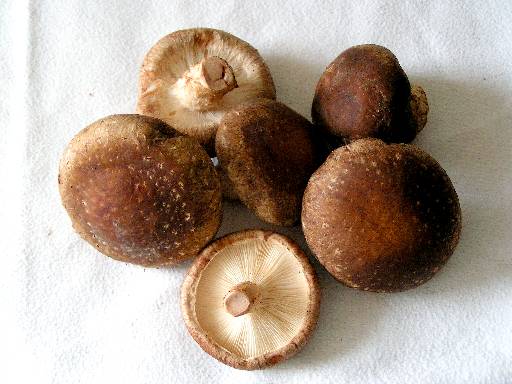! Nouveau site ici !
Vita > Fungi > Basidiomycota > Agaricomycetes > Agaricales >
Marasmiaceae > Lentinula
Lentinula edodes
(Lentin du chêne)

Vita > Fungi > Basidiomycota > Agaricomycetes > Agaricales >
Marasmiaceae > Lentinula
Lentinula edodes
(Lentin du chêne)

Un champignon. Un champignon à l'odeur terreuse. Les coiffes sont dorées à brun foncé. C'est un parapluie en forme. Il est de couleur brune à noire. La texture est ferme. Ils ont une légère floraison et ... (traduction automatique)
→suite
⬀
Le  donne accès au menu
donne accès au menu (c'est votre point de repère) 😊 ;
En dessous vous avez la classification, à partir de la vie (Vita, premier rang) jusqu'à la classe au dessus de la plante, dont vous trouvez ensuite le nom scientifique/botanique (latin) puis le nom commun (français), le cas échéant ;
C'est aussi un lien vers la fiche complète (tout comme la ✖, en bas à droite, et le +, en dessous de la description) ;
Vient alors l'illustration (ou ce qui la remplace, en attendant), la comestibilité :
Et en bas
⬂



